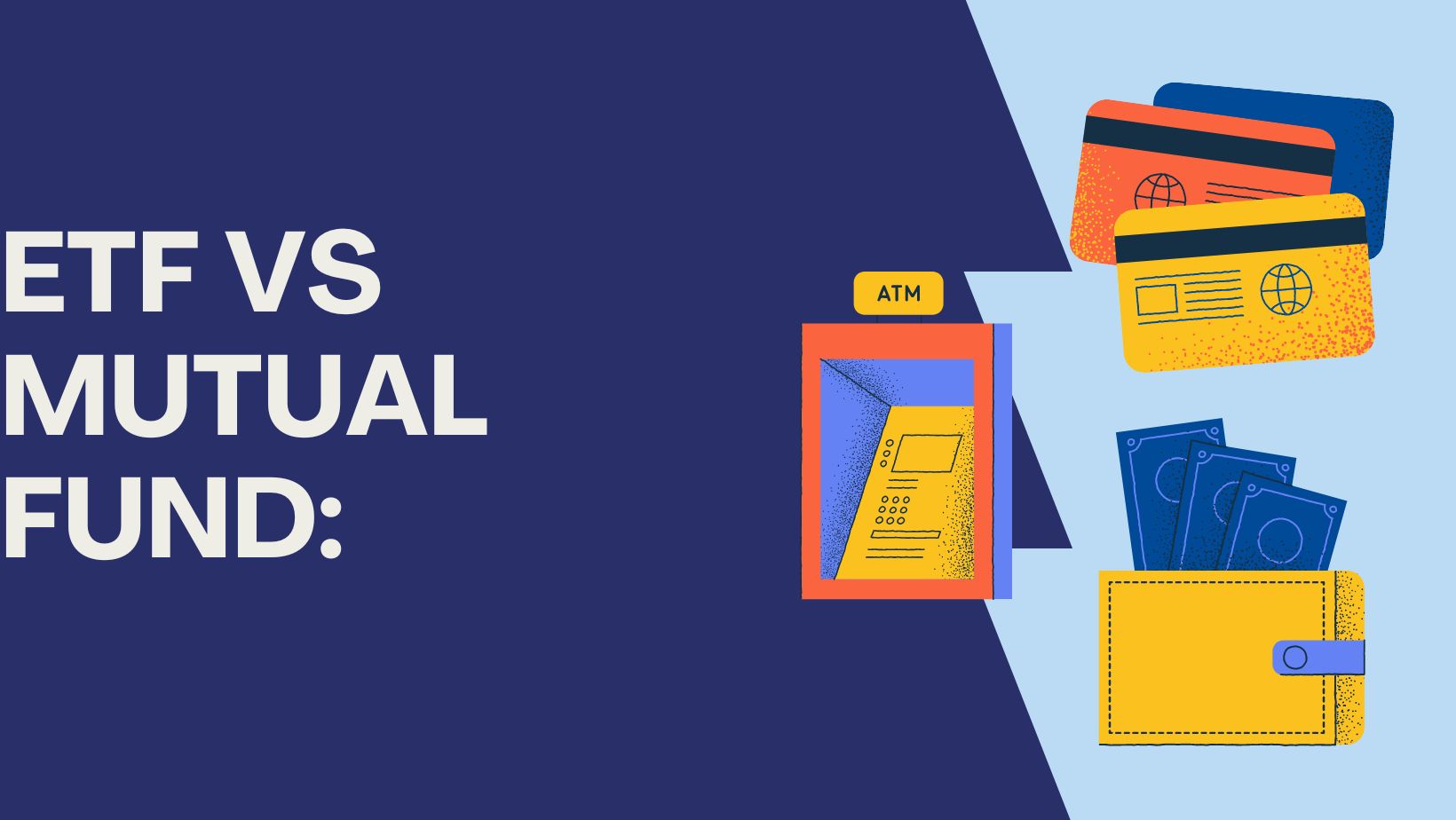Mutual Fund Lock-In Period
When the discussion revolves around investment options, mutual funds stand at the top of the list. Traditional methods of saving and investment have limitations, but modern methods like Mutual Funds provide high returns and benefits to the investors.
The popularity of this field can be estimated by the rapidly increasing number of multiple products of Indian origin and foreign as well. Mutual funds are the best investment option for all income groups and offer attractive returns on variable investment amounts. It does not require huge funds for investment. However, some mutual funds come with a mutual fund lock in period.
Here, we will discuss the vital aspect – the mutual fund Lock In Period. But, before that, let’s find out more about mutual funds.
What is Mutual Fund?

In the Mutual Fund, many like-minded people come together to invest and pool money into a fund managed by a registered asset management company. Fund managers pool the money on behalf of investors in different financial instruments like company stocks, debentures, government securities, etc. Then they distribute returns to the investors according to their investments.
In case there is a loss, it is distributed among the investors proportionally, making it a safe deal. SEBI (Securities and exchange board of India) operate and regulate the framework of mutual funds in India.
Mutual fund, especially ELSS (Equity Linked Saving Scheme) offers you tax benefits under section 80C of the Income Tax Act and provides good returns. The lock In Period for ELSS is 3 years from the date of debit.
Do you know what is a lock-in period? Here, now let’s discuss the locking Period.
Also Read: Bank of Baroda Fixed Deposit Rates- 2022
What is Lock in Period?
The Lock in period is basically a fixed period in which the investor cannot sell, redeem, or withdraw their investment. Remember, the lock in period is not the tenure of the investment. The tenure of investment can be higher than the lock in period. The lock in period applies usually to private equity such as IPOs, Hedge Funds, Mutual funds, etc.
The investors should patiently cross the lock in period and estimate the performance of the mutual fund at the end of the lock in period. Then you can decide whether to continue the investment or redeem it.
What is Mutual Fund Lock in Period?
The Mutual fund lock in period maintains the balance, stability, and liquidity of the fund invested. It offers the benefits of long-term investments.
Equity Funds are the only Mutual funds that employ a Lock in period of 3 years on the investors. The investment in the ELSS scheme is exempted from tex of up to Rs.1.5 lacs per year under section 80C. however, the returns are taxable. If the investment is less than 1 year, it falls under short-term capital gain and is taxable at 15%, but the investment for more than 1 year falls under long-term capital gain and is eligible for taxation at 10% for more than 1 lac gain.
However, Debt funds and Hybrid Funds Don’t have lock In periods. Investors can anytime redeem or withdraw them.
What is the Importance of a Mutual fund lock in period?
The Lock-in period Is beneficial for the investor as well as the companies. Let’s find out more:
- Keeps the investment intact – Lock in period binds investors into the plan, especially new investors who usually withdraw their amount earlier even at the slightest market volatility. The Lock in period provides the opportunity for the investors to earn a good return from long-term investment.
- Long-term investment benefits – Lock in period enables the investors to get the tax benefits of long-term capital gains.
- Reduce liquidity– Mutual fund lock in period induces stability in the fund and helps preserve the liquidity of the Mutual fund
Some ELSS performance over 5 years (2 years after lock in periods)
| ELSS Fund | 5- year annual return |
| Quant Tax Plan- Direct Plan-Growth | 27.7% |
| IDFC Tax Advantage Fund- Direct Plan-Growth | 21.38% |
| BOI AXA Tax Advantage Fund- Direct Plan-Growth | 23.75% |
| Mahindra Manulife ELSS Kar Bachat Yojana- Direct Plan-Growth | 15.37% |
| Baroda ELSS -96 –Plan B (Direct)- Growth | 15.97% |
What to do After Mutual fund lock in period is over?
Many investors get confused and cannot decide what to do after the lock in period gets over. Here is a quick guide:
- Avoid withdrawing funds immediately after the lock in period. Rather, evaluate the overall performance of the fund and then decide the next step.
- In the case of ELSS, the lock in period is 3 years, but the investors should wait for 5-6 years to evaluate the performance as it grows slower, and 3 years are not enough to reach any decision.
- If there is an emergency, the investors are free to withdraw or redeem the fund anytime.
- If the fund has performed extra-ordinary during the lock in period, Investors can withdraw half amount and continue the investment with the remaining half.
Also Read: 8 Difference between Current Account and Savings Account
What to avoid after the mutual fund lock in period expires?
If you have a mutual fund lock in period scheme such as ELSS (Equity linked saving scheme) avoid encashing it. Many investors right away withdraw their amount after the lock-in period expiry, and some use the same amount to invest in the new brand ELSS for tax benefits. However, this new investment can result in low growth, and you can lack in your financial goals.
So, In short, don’t rush to withdraw the fund for any reason after the completion of the lock-in period. You must wait and watch the performance of the fund for 5-6 years at least.
FAQs- Mutual Funds Lock in Period
Q1. Do all mutual funds have a lock-in period?
Ans. No, only ELSS (Equity linked saving scheme) has the lock-in period. Its lock-in period is for 3 years.
Q2. Can I withdraw my Mutual fund investment after 1 week of investment?
Ans. you can withdraw your fund anytime, except in the case of ELSS. In ELSS, the lock-in period is 3 years, and you can’t redeem or withdraw money during this time.
More Articles: PPF ACCOUNTS
How to Open PPF Account in HDFC
IPO Grey Market Premium, Latest IPO GMP


